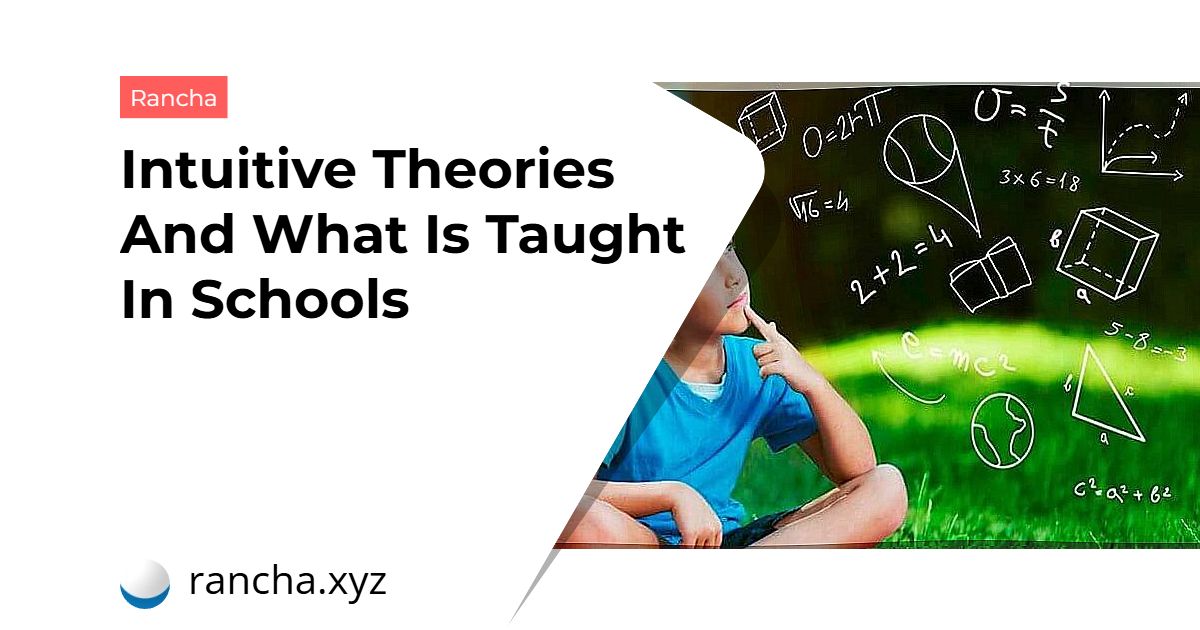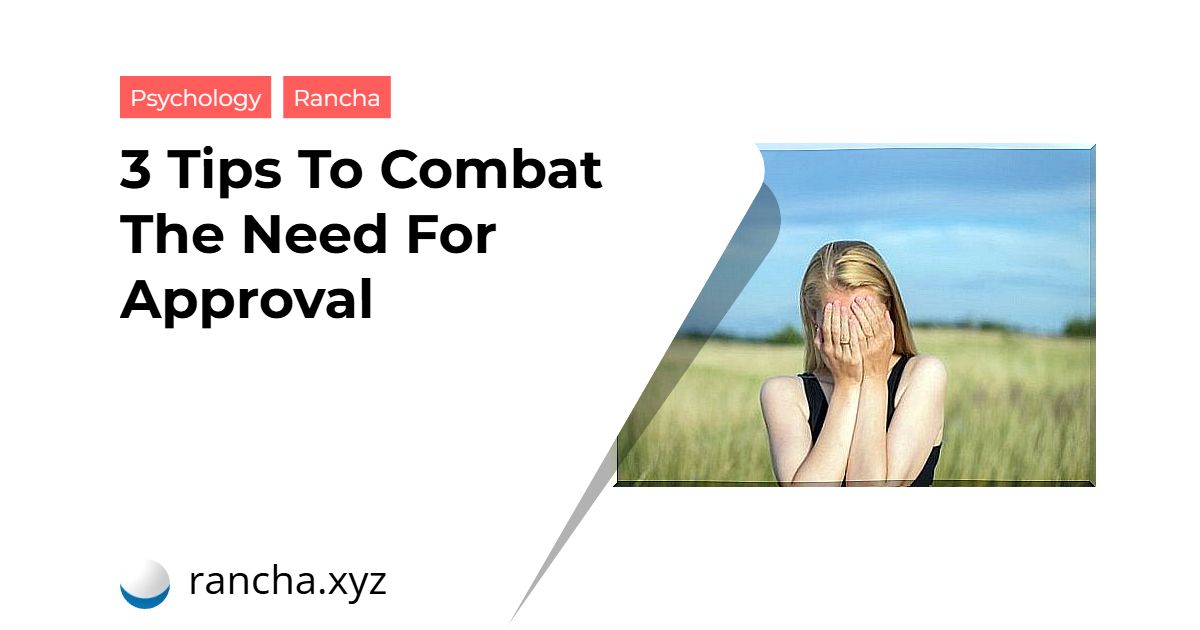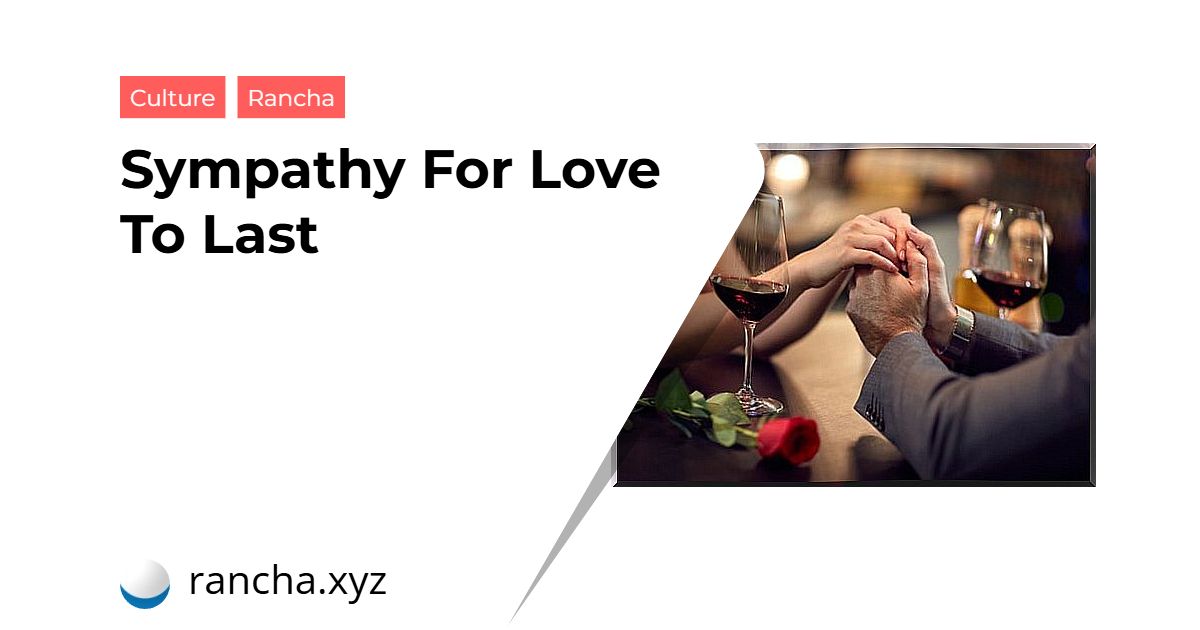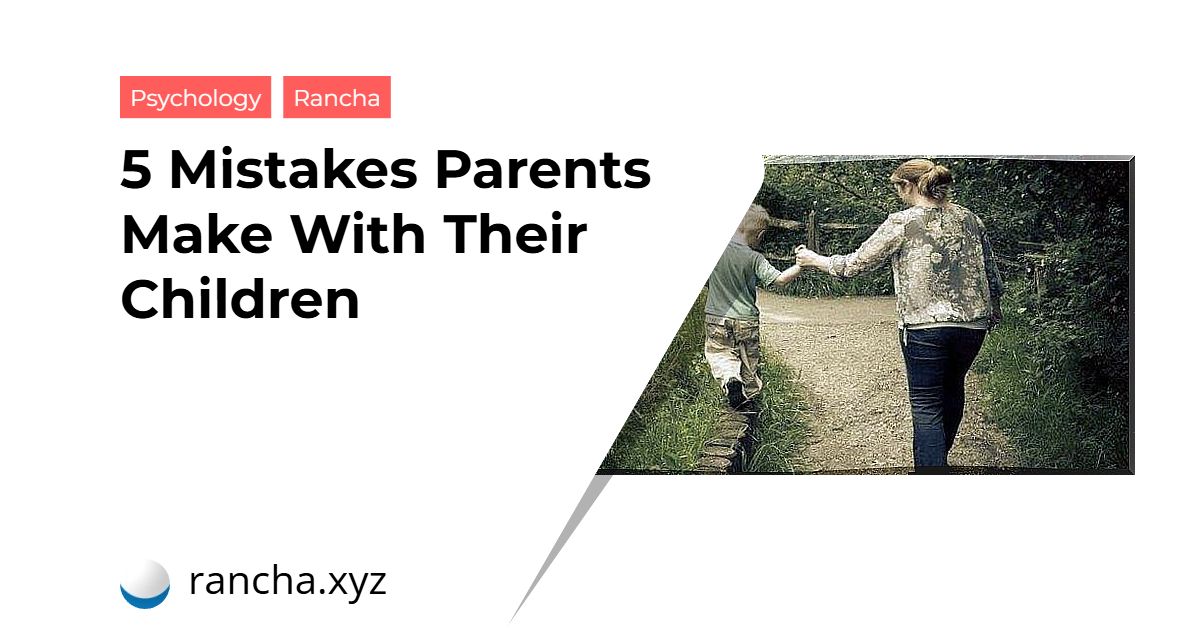Before starting to talk about intuitive theories, let’s try to clarify what they are. Before entering school, a child is not a blank mind. Before starting to study, the child has already created a series of theories that explain their reality, these are intuitive theories.
But what are these children’s intuitive theories like? They are not based on an exhaustive analysis of reality, on the contrary. Intuitive theories are based on quick thinking of the perception of your reality and represent the child’s common sense. An example of them might be the fact that a child thinks the earth is flat.
Because they are created by common sense, these theories are either incorrect or very imprecise. If we want children to really learn what reality is like, we need to break away from intuitive theories and replace them with theories that explain facts correctly. This seems to be one of the school’s jobs. But, does the school take care of this? Does it really fulfill this function?
Although we have presented intuitive theories from a childhood perspective, they are formed and exist throughout our lives. Whenever some event happens, be it physical, social, political… that is beyond our knowledge, our brain creates a theory that explains it through our common sense. A common sense that is usually incorrect or imprecise to unveil great phenomena, which does not prevent them from appearing as a vital help in everyday life.

Intuitive theories and the school
Here we face a problem: our educational system plans classes as if students were passive subjects. For the school, students are empty glasses that need to be filled with knowledge. However, this is not how it happens. The student is like a plant that needs watering in order to grow freely.
First, let’s talk about why the school views students as empty glasses. If we visit a typical classroom, we will find 20 to 30 students sitting in front of the teacher who explains, with the help of a blackboard, a series of contents that students will have to memorize and then put them on a test . In this didactic model, it is obvious that students are just passive subjects of learning : their only role is to listen to the teacher and do what he tells them.
The students’ passive situation makes them not reach a deep understanding of the contents. They simply literally memorize what the teacher presents to them. So, in this situation, what would happen if a student had an incorrect intuitive theory and passively received the information that would help him break away from the intuitive theory? The answer is that the student would continue to believe his intuitive theory while keeping the correct theory in mind, even though they are contradictory.
Two contradictory theories in the same head
How is it possible for the student to keep two contradictory theories at the same time in his head? This is due to the fact that, by not reaching a deep understanding of the correct theory, the student ignores the existing contradictions with his intuitive theory. When the student is in the school environment and the teacher asks him, he will search his memory and will respond with the correct theory. However, when a problem arises in a real situation, he will turn to his intuitive theory, which is what he really believes.
To understand this, we can do a little exercise. I want you to take a moment to think about the following question: If we jump too high while we’re on an escalator, which step will we fall on: the same step we were on, the one before or the other?
Intuition tells us that when jumping, we would remain airborne while the ladder continued to climb, so we would fall on the next step, but that is wrong. Newton’s law of inertia says that any moving body remains in motion as long as the net force on it is zero, so we would fall on the same step as we would maintain the motion – the velocity on the corresponding axis – of the ladder during the jump.
If you got the question right, congratulations! If you got it wrong, don’t worry. Problems of this type were presented to recent physics graduates in a survey conducted by psychologist J. Clement, and 88% of them gave the wrong answer. Here we have proof of how students, despite being able to solve perfectly complex physics exercises using theories they learned during the course, when they are presented with a question outside the academic scope, use their intuitive theories.
Is there a solution to this problem?
The solution to the prevailing theories that explain reality correctly involves reaching a deep understanding of the facts that distort intuitive theories for the same phenomenon. Unfortunately, the current educational system is not capable of providing legitimate knowledge learning because it ignores the student as an active agent of their own learning.
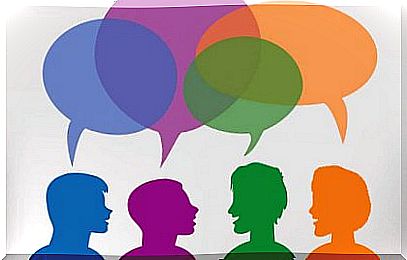
To gain a deep understanding and deny incorrect theories, the classroom must be a place for debate, in which students can expose their theories and, with the help of the teacher, adjust them to bring them closer to the correct theory of facts.
The question we need to answer is: how can we transform the classroom into a space for debate?
 rancha.xyz Be free to choose their own route to self-knowledge, health and balance of body and soul.
rancha.xyz Be free to choose their own route to self-knowledge, health and balance of body and soul.
